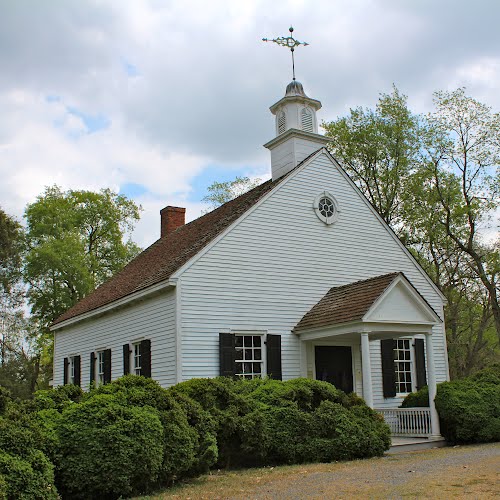The National Underground Railroad Network to Freedom Program has added 31 new entries to its list of sites, five of which are located in Maryland.
Read more about the sites and their brief history below.
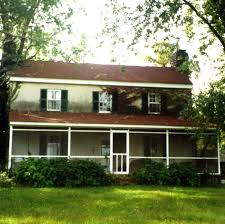
Goshen Farm – Annapolis, Md.
Goshen Farm in Anne Arundel County provided crucial escape routes and refuge for enslaved individuals, including Jack Green and the Johnson family.
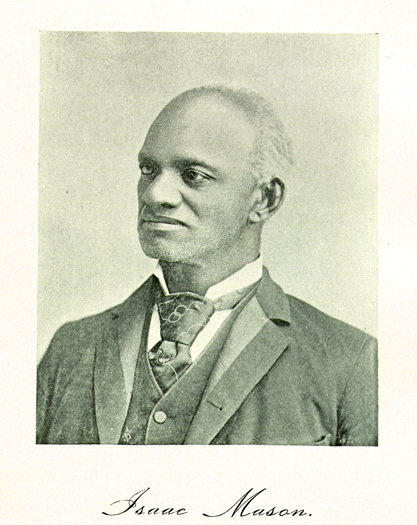
Isaac Mason Escape Site – Chestertown, Md.
In 1846, Isaac Mason escaped his enslavement from this 1830s house, which belonged to the Mansfield family. Mason shared his powerful story of escape on the Underground Railroad in his memoir, Life of Isaac Mason as a Slave.
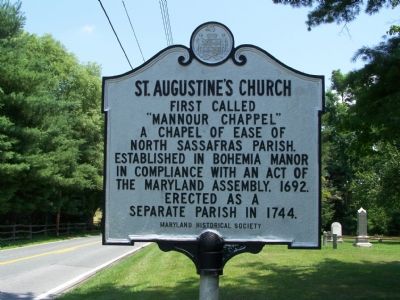
St. Augustine Church – Chesapeake, Md.
At St. Augustine Church in Cecil County, Maryland, several enslaved human beings escaped during the British occupation of 1777. Marked on period battle maps, the area was known as a place for freedom seekers, encouraged by British proclamations, fled their enslavers on the patriot side of the Revolution.
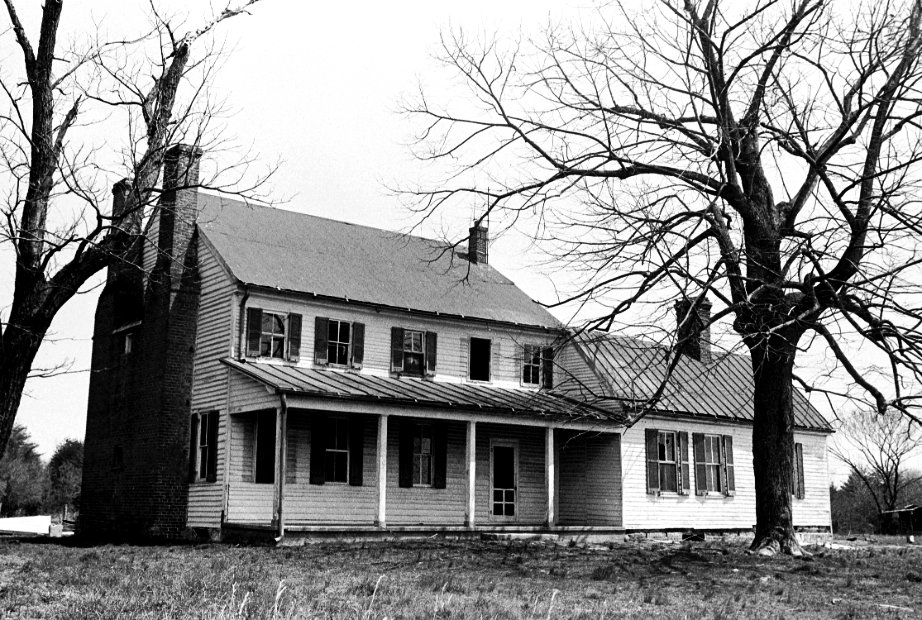
Rich Hill – Bel Alton, Md.
Rich Hill, a historic plantation in Charles County, Maryland, was both a site of bondage and resistance. Enslaved individuals escaped from Rich Hill and into freedom intermittedly throughout the 1700s and 1800s.
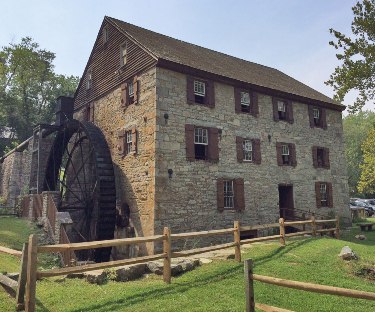
Susquehanna and Tidewater Canal, Susquehanna State Park – Havre DeGrace, Md.
This segment of the Susquehanna and Tidewater (S&T) Canal, now administered by the Maryland Department of Natural Resources, highlights three stories that suggest that enslaved persons used the S&T Canal as a pathway from Maryland to freedom in Pennsylvania.
Of note, Preservation Maryland is actively working with the Department of Natural Resources on the restoration of Rock Run Gristmill, located within Susquehanna State Park, where the roof, windows, doors, masonry, and structural components of the late 18th-century mill will be addressed, as well as site work to protect the foundation from flood damage.
The Network to Freedom program, created by Congress in 1998, highlights more than 800 places and programs. The Network verifies that each one is a true story about the men, women and children who freed themselves or were helped by others to escape enslavement. Some succeeded and others, tragically, failed. The Network to Freedom program has listings in 41 states, Washington, D.C., the U.S. Virgin Islands and Canada.

